Mitel filing for bankruptcy (march 10th 2025) marks a significant moment in the communications industry. While the full impact of this development is still uncertain, it does raise important questions about the future of Mitel solutions, ongoing support, and long-term viability.
In a recent interview with Matrix Networks' Senior Network Engineer Brian Thompson, we asked him to explain how the Internet works. He provided an explanation on the intricacies of how the internet functions. This deep dive into the digital infrastructure is especially relevant for any tech enthusiast or professional aiming to improve their understanding of internet operations and network connectivity.
This year is Matrix Networks 40th anniversary. To commemorate four decades of technological innovation and growth, we wanted to sit down with the founder, David Ness, whose vision and leadership were pivotal from the very beginning. Our interview with David was not only a look back at the challenges and victories but also a vivid portrayal of the personality and principles that have shaped Matrix Networks into the company it is today.
We hope you enjoy the insights and anecdotes of this engaging interview with David Ness, where we learned more about the people and technology that propelled Matrix Networks from a modest venture in David’s garage to a successful company supporting business technology solutions across the U.S.
Securing your network infrastructure is crucial—there’s no room for shortcuts. The same devices and setups that keep your network running can become vulnerabilities if they aren’t managed correctly. From verifying hardware authenticity to using better credential practices, strong infrastructure security comes down to careful management and following best practices.
We’ll cover the essential steps to strengthen your network security, sharing lessons learned from real-world audits and onboarding experiences.
In this article, we’ll delve into the successful strategies we've employed with our clients, explore why network segmentation is crucial, and review the solutions that have proven effective in various environments. Let's get started by understanding what network segmentation is and why it's essential.
Mitel's announcement regarding the End-of-Life (EOL) of the ShoreTel/MiVoice Connect (premise PBX) is now widely known. In this announcement, Mitel stated that these systems will be supported through 2029, a statement that has caused confusion among many ShoreTel Administrators and business owners who depend on their ShoreTel phone systems. While it may seem like there is ample time until 2029, at Matrix Networks, we are already encountering significant challenges in supporting these systems. This indicates that the time for transition is now.
In a world where 80% of consumers anticipated improved customer service during the pandemic, the quest for a more human touch in customer interactions has never been more critical. As businesses race to meet these evolving expectations, the focus often shifts heavily towards digital transformation, sometimes overlooking the vital human element that 75% of customers crave. This is where Matrix Networks steps in, bridging the gap between technology and the cherished human connection, enhancing not only customer satisfaction but also your business value.
In this final blog post of our series on the crazy ways businesses in 2023 have lost internet (and what to do to help safeguard yourself), we'll delve into some truly unexpected scenarios with reasons ranging from Taiwanize ships to angry beavers, and explore how investing in SD-WAN can ensure reliable and secure internet connectivity for your organization no matter what the crazy reason is.
Welcome back to part 2 of our blog series on real-life scenarios where organizations faced unexpected internet outages. In our previous post, we shared some humorous and frustrating stories, including an RV fire and a tractor-trailer accident causing internet outages. But as IT administrators, we know that internet disruptions can happen in various ways, and the impact can be significant.
The spinning wheel of death is something nobody wants to see during their workday, whether you're a CEO, Director of IT, or a first-week intern. But what happens when it's not just your personal connection that's down, but the entire internet?
In today's Internet first world, prioritizing cybersecurity is essential for businesses of all sizes. Implementing a Zero Trust Network Access strategy is a crucial aspect of robust security, and network segmentation plays a vital role in achieving Zero Trust. In this article, we'll discuss the importance of network segmentation for Zero Trust Network Access (ZTNA) and how Matrix Networks can help you achieve it using Secure Access Service Edge (SASE) and Network Access Control (NAC).
In today's fast-paced business world, efficient communication is crucial to success. Choosing the right Unified Communications (UC) or Contact Center as a Service (CCaaS) solution is just the first step. Proper deployment and implementation of your new phone system can make all the difference between a seamless experience and a world of frustration. That's where Matrix Networks' Concierge Service comes in, offering professional deployment and support to ensure your cloud phone solution exceeds expectations.
There is a lot of discussion and marketing of IVA’s (Intelligent Virtual Assistants/Agents) and when you read it at first you ask yourself what’s the big deal? This is not new-- this stuff has been around for a number of years. People associate IVAs with chatbots, speech recognition IVR (Intelligent Voice Response) and/or AA (Auto Attendants). Many times, they are influenced by negative experiences with these applications. In this article, you will learn the basics of where this technology has come from and where we are headed in the future as we leapfrog traditional IVA and enter the world of Virtual Assistance-Employee-Agent 2.0.
Everything you need to know about migrating from ShoreTel to RingCentral. Current RingCentral promotions for making the move, a live demonstration of RingCentral, and client testimonials who have successfully made the move themselves.
SAN DIEGO, Calif., Feb. 1, 2022 (SEND2PRESS NEWSWIRE) (AP NEWSWIRE)— Matrix Networks announced its recent acquisition of LANtelligence to create a new business venture enabling a powerful combination of modern business technology.
The tides of telecom are shifting again. For nearly a decade, countless suppliers have chased the dream of being a leading solution in cloud-based communications, also known as Unified Communications as a Service (UCaaS). Each supplier delivers their own “unique solution” some built from within, some disguised as “unique,” with Cisco-owned BroadSoft as a backend. All touting the ubiquitous benefits of always up-to-date features, ultimate flexibility, and headache-free Op-Ex maintenance. For those born in the cloud (RingCentral, Zoom, 8x8, etc.) the path to achieving this goal has been much more achievable than those that came from the hardware-intensive on-site products of days past.
We humans have a tendency to make decisions based on what we’re most comfortable with. Because I rarely go out to restaurants, whenever I do, I choose only those dishes that I know are good. I don’t want to be dissatisfied on a rare trip to one of my favorite restaurants. I also know the best route home from that restaurant, and I likely won’t take a different path – unless, of course, there is an accident.
My dad got a new set of golf clubs a few years ago, which was big for him. As a traditionalist, he had a hard time moving on from his wooden clubs that he learned to play with in high school, so upgrading to a new set was pivotal.
We’ve all been there. Sitting at our workspace, wondering why all these programs we’re working with can’t work together. According to Kyle Holmes, CEO of Matrix Networks, the average employee in the US uses at least eight different applications in their day-to-day tasks. Small companies average around 40 apps to conduct business while larger companies can range in the hundreds. So many apps create a lot of touchpoints for information gathering, and workplace efficiency is threatened by lagging databases and challenging security risks.
If you were asked a year ago, “What will 2020 be like?” few could imagine the reality. The grim truths of COVID, the protests for racial reckoning, and the most significant economic downturn since the Great Depression would have you guessing the apocalypse had come. Indeed, these are difficult times, but Leo Howell, the CISO at the University of Oregon, highlights the opportunities inherent in such tumultuous times for businesses and IT professionals to introduce disruptive technology and increase buy-in from sometimes reticent stakeholders.
As many aspiring baseballers can attest, hitting a curveball is hard. The bigger the curve, the harder it is to hit it. Hitters must see it as soon as possible and adjust their swing to make clean contact.
The COVID-19 pandemic is a huge curveball, affecting many aspects of our lives. From potential unemployment to our health, we have all been forced to adapt to ensure our families are as safe and as happy as possible. At home and in public, we are diligent to stifle contagion by social distancing, wearing masks, and avoiding large gatherings.
AI is an unavoidable concept whether watching fallen world science fiction, talking about autonomous vehicles, data analytics, or even our personal assistants like SIRI or Alexa. Consumers are adopting the technology rapidly (most unwittingly) to improve and simplify their lives. Businesses are using it in a variety of ways including spotting trends, identification of weak points in their processes, and getting to market more quickly. The use of AI in customer interactions is one of the largest areas of growth and opportunity for businesses and consumers to get big returns.
The new normal of Work-from-Home has caused a significant shift in the way that organizations are communicating, both internally and externally. This has led to a massive spike in collaborative tools such as Microsoft Teams, G Suite, Slack, and Basecamp, none more dramatic than the increase in usage of MS Teams. The number of daily active users of MS Teams more than doubled from 32 million users in March 12, 2019 to 75 million as of April 30, 2020 (statista.com). Albeit a gigantic leap, the rise in Teams usage comes as no surprise. Microsoft reports that over 91% of large US companies use MS Teams. 91%!
Every office has a need for mobile workers, and whether that means talent in other regions, road warriors, expectant mothers or a case of the sniffles, the need is the same. It pays for businesses to invest in the technology that allows their workers to continue their jobs regardless of their physical locale with varying mobile devices and Internet connectivity. Although many of us have already rolled out some version of this, the need has become more widespread and crucial with the risk of the COVID-19 pandemic. The situation has the risk of placing unprepared businesses in a tough spot, risking the livelihood of employees and the bottom line. It is critical we begin to prepare a business continuity plan in the event our communities are faced with school closures or even broader quarantines. In this blog post, we will discuss some of the technical considerations we must make in order to ensure our people are safe and our businesses remain afloat.
Matrix Networks, a leader in selection, deployment, and support of collaboration and networking technologies, announces that it has been named a Preferred Partner of RingCentral, Inc. (NYSE:RNG), a leading provider of global enterprise cloud communications, collaboration, and contact center solutions.
The tides of telco shift mightily as one of the last lumbering giants of telecommunications, Avaya, partners with the industry’s reigning superstar, RingCentral. In the agreement, Avaya will resell RingCentral’s services under the name Avaya Cloud Office by RingCentral. As part of the deal, RingCentral will take a 6% stake in Avaya, and Avaya will hold a 3% stake in RingCentral.
SD-WAN is certainly a popular tech buzzword nowadays, with a huge marketing effort and R&D dollars behind it. With all the buzz, the excitement can outweigh rational thought process and produce projects that are poorly planned and so end in disappointment. This article will help identify the keys to a successful project and provide a starting place for planning and selection of an SD-WAN solution that is right for your company.
IT Directors and Network Managers of K-12 school districts need to have a solid grasp on the E-rate process and plan carefully to take advantage of these funds. This article is written to assist IT Professionals and Administrators navigate the E-rate process and maximize the opportunity.
Under new ownership - what will ShoreTel Partner Support look like in 2019, in 2020, and beyond? In the wake of Mitel's acquisition of ShoreTel, the support channels have certainly shifted. But have they shifted for the better? This article will uncover why this shift has occurred, where we are headed as a ShoreTel (now Mitel) community, and what to focus on when evaluating who to partner with for ShoreTel Support.
Examining the Meraki Fullstack (Part 5)
The Meraki Systems Manager is a MDM (Mobile Device Management) platform that allows for a central dashboard showing all device information, with the ability to apply policy, deploy, remove, and update software on all devices across your network with a few clicks.
In January 2017 ShoreTel announced End-of-Sale (EoS) and End-of-Life (EoL) for various hardware and software. The highlights from the announcements were the EoL for all “Full Width” appliances, the EoL for the 14.2 software, and the EoS of the “Half Width” appliances. These were to happen on 12/31/18, 6/30/18 and 6/30/18 respectively. In the middle of these dates, Mitel acquired ShoreTel. In May of 2019 Mitel issued a new revised EoS/EoL schedule:
Examining the Meraki Fullstack (Part 4)
Meraki was founded in 2006 by two MIT graduates with funding from Google and Sequoia Capital. The focus in Meraki's formative years was building a wireless solution that combined cloud-based ease of use and administration with analytics and reporting.
Examining the Meraki Fullstack (Part 3)
Meraki was founded in 2006 by two MIT graduates with funding from Google and Sequoia Capital. The focus in Meraki's formative years was building a wireless solution that combined cloud-based ease of use and administration with analytics and reporting. From the start, the Meraki Dashboard set the brand apart. The dashboard gave administrators a centralized portal to view and manage their wireless from anywhere they could access Internet. Incredible right!?!
Examining the Meraki Fullstack (Part 2)
The Meraki MS Switches, powered by Cisco, provide the ultimate administrative experience with a combination of scalability, performance, and transparency. Meraki MS Switches also give administrators the freedom of zero-touch provisioning, as all appliances are managed from a web based interface. In this article we will focus on the Cisco Meraki Switching solution's approach to achieving high performance, security, and location analytics.
In 2017 Mitel purchased ShoreTel in an all-cash deal worth $430 Million. Nearly 9 months later and seemingly just as the dust has settled from the ShoreTel acquisition, Mitel enters into a definitive arrangement to be acquired by affiliates of Searchlight Capital Partners for $2.0 Billion! What does this mean for Mitel customers? What does this mean for ShoreTel customers and the Partner Community as a whole? This article explains.
Examining the Meraki Fullstack (Part 1)
Meraki was founded in 2006 by two MIT graduates with funding from Google and Sequoia Capital. The focus in Meraki's formative years was building a wireless solution that combined cloud-based ease of use and administration with analytics and reporting. In this article we will focus on the Cisco Meraki Wireless solution's approach to achieving high performance, security, and location analytics.
Launching a new phone system for your organization is not a simple project and while there is no way to ensure no problems will arise, there are several ways to improve the likelihood of success. With over 30 years of experience, Matrix Networks has learned a thing or two about business telephone deployments. Here are 5 tips for a successful new phone system launch and 5 mistakes to avoid during the process:
The task of selecting a communication solution for your business can be quite daunting. With over 40 vendors in the industry today, it is easy to get confused and overwhelmed. But no matter where you are on your exploration of implementing a new phone system for your organization, it is important to start with the basics and identify what type of system is right for you. Outlined below is a brief explanation of what the basic types of phone systems are and why someone might consider one over the other.
The unsung heroes of the business world are IT professionals, who working tirelessly to mediate the relationship between mere mortal humans and business technology. After all, how many times can you tell grown adults to try rebooting before you lose your mind?
Meraki, a Cisco product, has grown leaps and bounds in the last 5 years, evolving from a niche wireless provider with an incredible set of management tools to a Cisco-owned full network stack product including network switching, next generation firewall, wireless LAN, mobile device management, security cameras, and phone system. The Meraki stack brings the incredible feature set offered by Cisco, but without the dependence on CLI (command line interface). Instead all management and reporting is offered in a single web-based portal. This combination of smart management with the most powerful network toolset in the world gives Meraki a significant edge that all the other major players are chasing. In this article we will expand on why Meraki is winning the battle for network infrastructure.
So you hate your new phone system, huh? Well, you are not alone. As more and more businesses migrate from legacy technology to more modern, robust solutions, frustrations are bound to come up. Change is never easy.
The biggest technology trends, mergers, and acquisitions from 2017.
Every year our technology ebbs and flows bringing new tools, trends and ideas to the forefront for business and consumers alike. In 2017 many things changed for business technology, making it difficult for most of us to keep up. Between mergers, acquisitions, software defined tech and net neutrality not a single month went by without disruptive changes. So, without further ado, let's dive into to a few highlights of the last year!
So here you are, 2018 is a right around the corner, and you still haven’t done anything about that ancient phone system of yours. You know, the same one you were sure you'd replace before Obama left the Whitehouse… I understand, if it isn’t broken, don’t fix it, right? Wrong! Let’s face it, your duck taped digital dinosaur is causing more trouble than it’s worth. Your IT team is spending entirely too much time troubleshooting; your employees are working with 90s technology and expected to perform at 2018 standards, and you fear the system could crash at any time.
RingCentral is so much more...
As a species, we desire the feeling of connection, to each other, to our teams and to our communities. Evolving technology is playing a larger and larger part in fulfilling this need beginning with letters and telegrams, and now evolving to real-time communications like phone calls, messaging and video chat. As a consumer today, we expect to be able to easily connect to our friends and loved ones at little to no cost. The surprising reality of this revolution in communications is that despite the opportunity for huge productivity gains enterprise solutions haven't kept up. The majority of businesses are just now scratching the surface of this amazing technology.
In January of 2017 ShoreTel made several EoS (End of Sale) and EoL (End of Life) announcements. The announcements were for multiple hardware and software products. The hardware products coming to EoL have been in EoS for more than 6 years. ShoreTel’s track record of asking their clients to upgrade hardware has been incredible. The last EoL product from ShoreTel occurred more than 10 years ago, with ShoreTel’s original “Blue Appliances.” Because most clients have never gone through this with ShoreTel, there is still a lot of confusion about exactly what this means and how to address it properly. The easiest way to begin dissecting this is to refer to this chart provided by ShoreTel:
On the heels of our recently published article: 8 Reasons Retail is Migrating to Cloud Phones, Matrix Networks is taking a step back to discuss the value of building a modern network for retail. This article focuses on a network that is optimized for cloud voice migration and adoption. In this article you will learn the value of building a reliabile wide area network that improves bandwidth, enhances the user experience, while saving money and increasing sales! Enjoy.
Companies of all sizes are enjoying the benefits of Unified Communications platforms delivered from the cloud. The tools are fantastic for improving collaboration, integrating databases, providing Instant Messaging and much more. Unfortunately, these tools have limited application in a multi-site retail environment where call groups, parked keys, low cost solutions and simplicity still rule the day. This gap in vision has left many of our clients stuck on unreliable aging systems, with limited support and none of the UC features that could be useful, like SMS and large conference calls. In this article, we explore how Retail can take advantage of the new technology without breaking the bank.
Selecting a new cloud based phone system is complex, with many options, including regional providers, international pure cloud offerings and traditional phone system providers modified offerings. These products have broad overlap, making it difficult to determine the unique value of the different platforms. Our job at Matrix Networks is to help our clients understand their communication needs and match them with the appropriate provider. In this article we focus on 8x8, an industry leader consistently ranked at the top of Gartner's magic quadrant.
Amazon officially launched Amazon Web Services (AWS) in 2006, marking a significant pivot in the traditional way that organizations set up their infrastructure. For AWS the plan was simple: tackle the market’s growing desire for self-service computing and take a healthy bite out of the 100 billion dollar industry associated with on-premise servers and other associated hardware purchases.
If you read our previous article <Hunt Groups vs WorkGroups>, you may have decided that a hunt group is the best choice for your company's call flow. To refresh your memory, Hunt Groups are primarily used for a group of receptionists or a specifically functioning team, for example, your HR team, where a group of people could conceivably handle any sort of call that comes in and the group has the specific need to handle multiple calls at once.

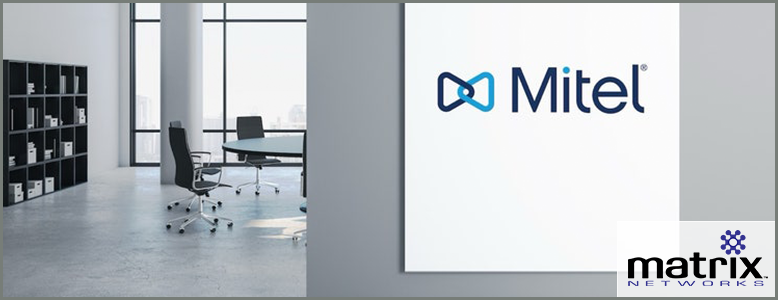


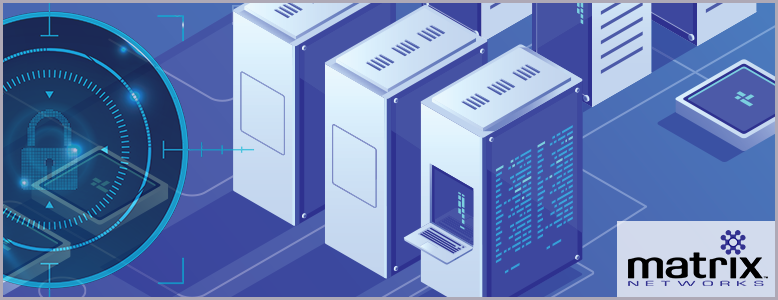
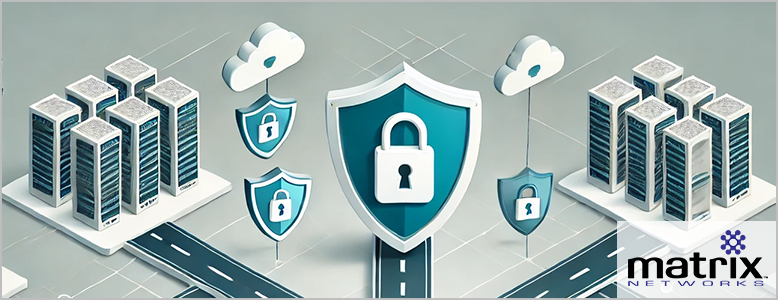






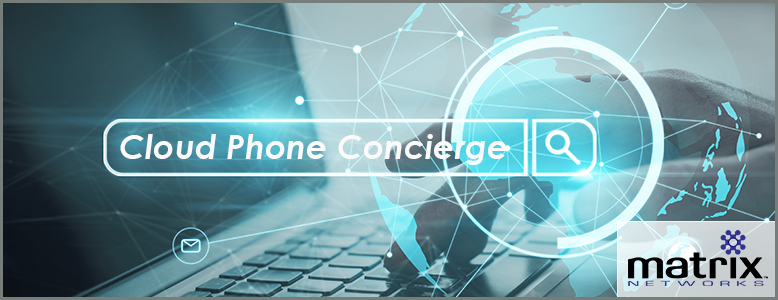
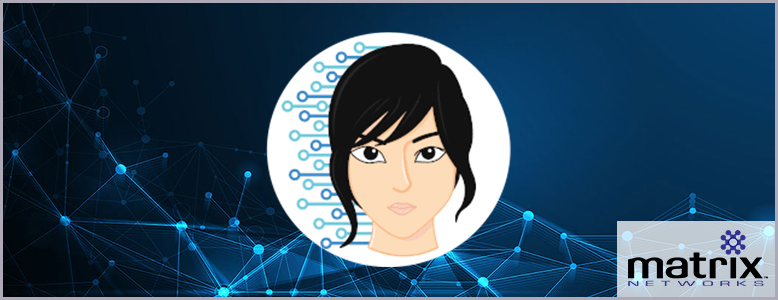
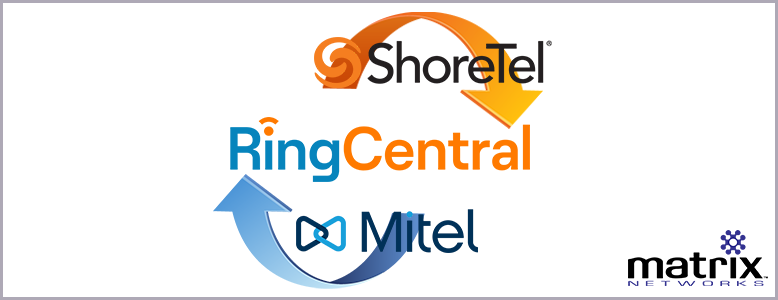
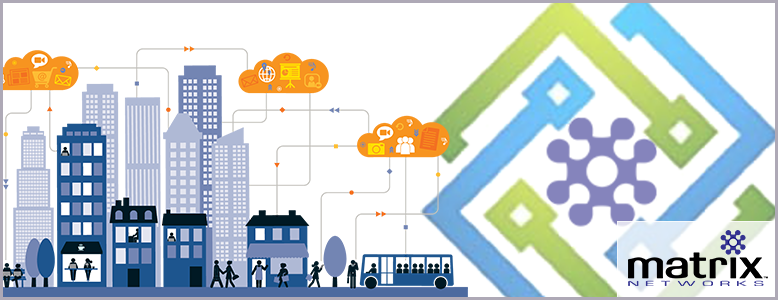





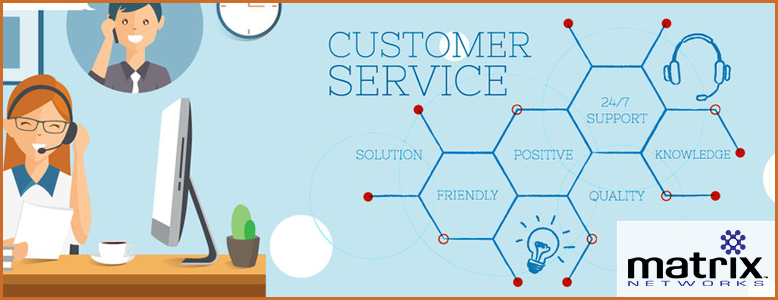

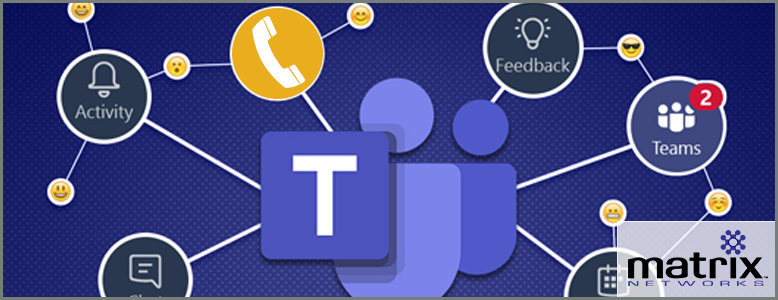

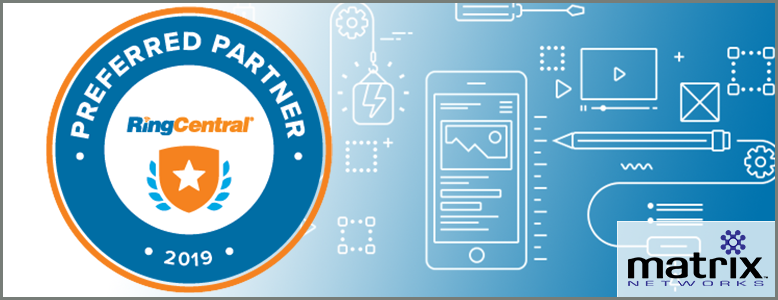
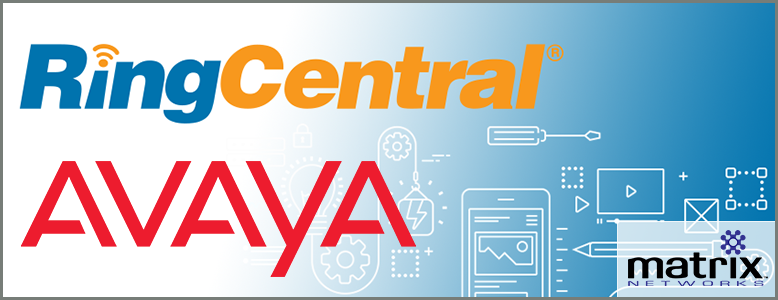
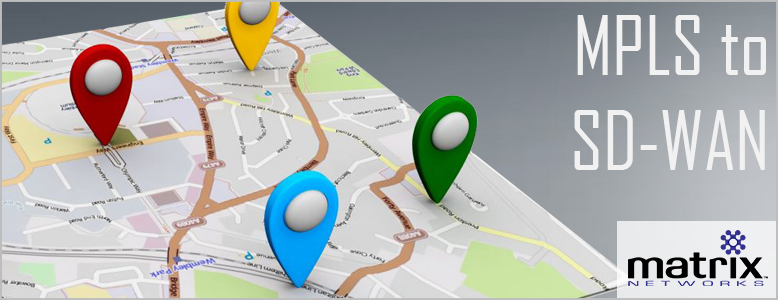


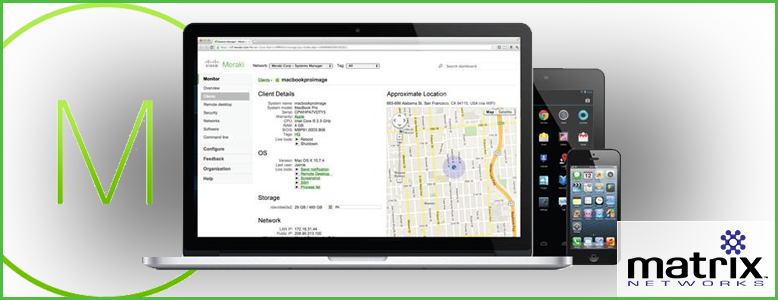

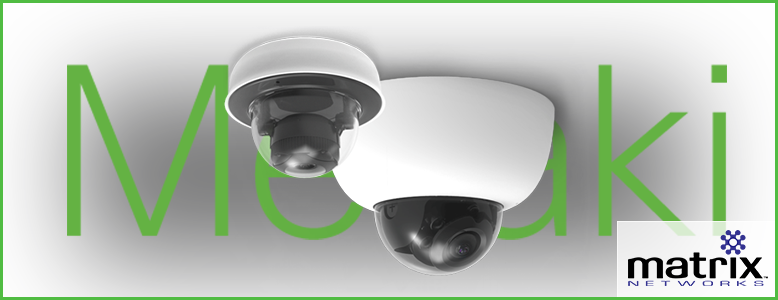
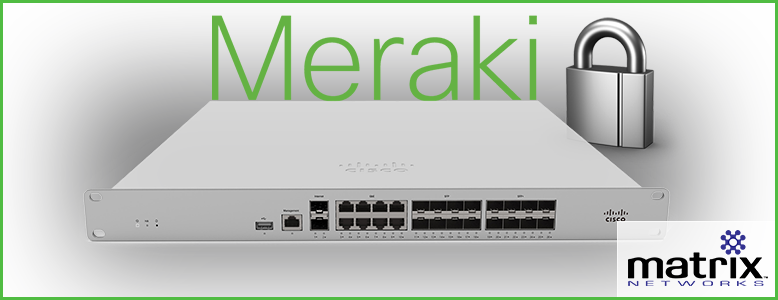

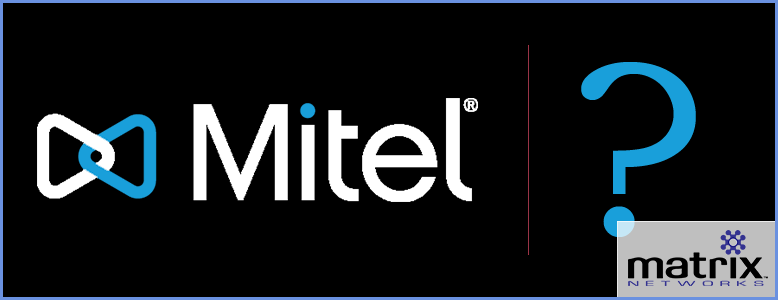
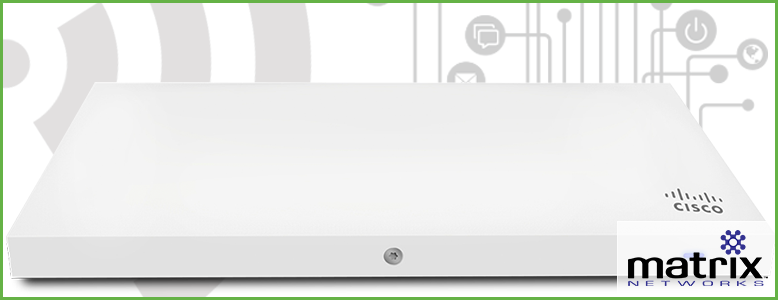

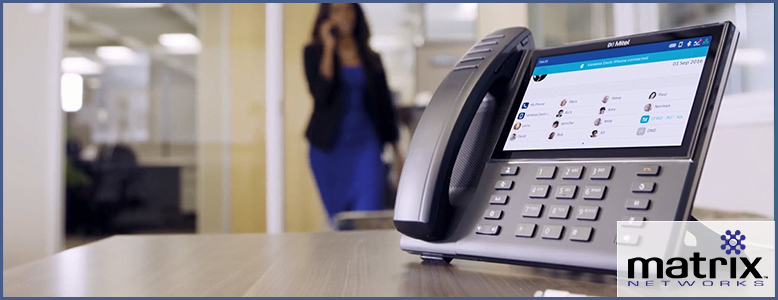

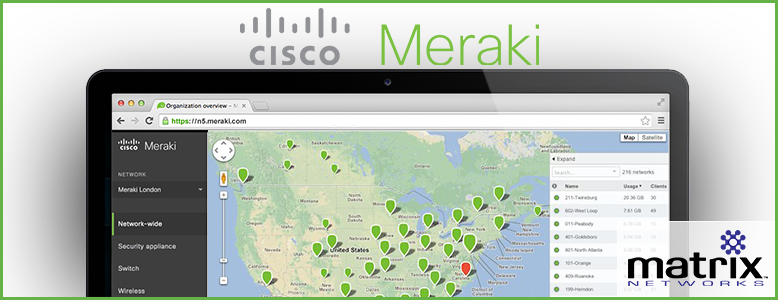
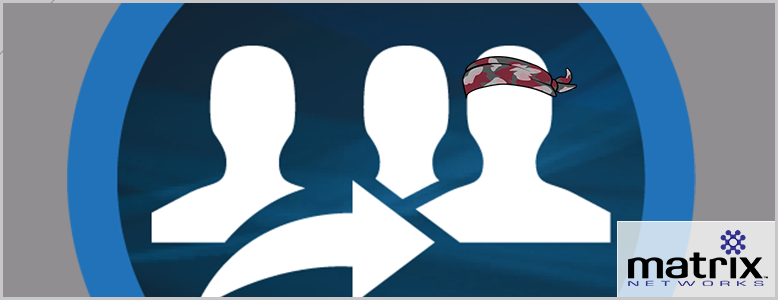
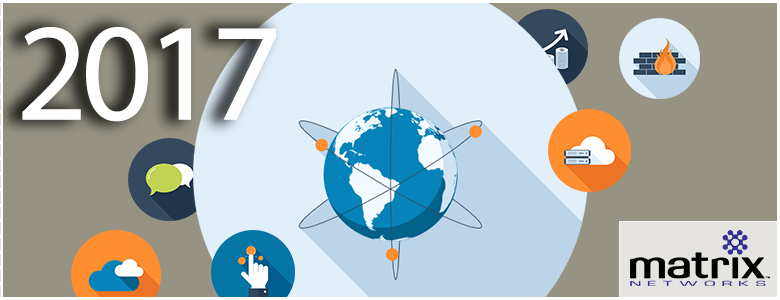

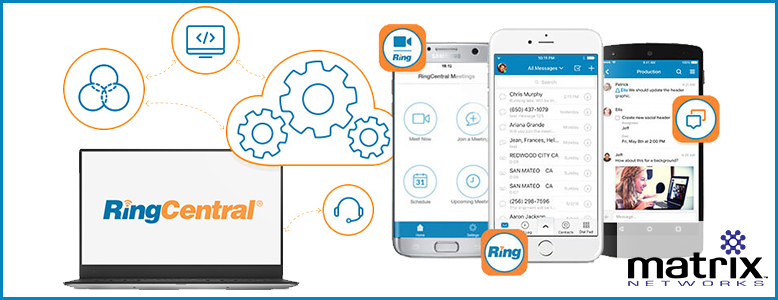

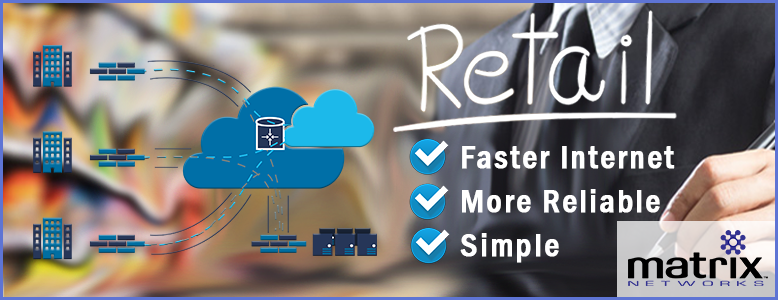

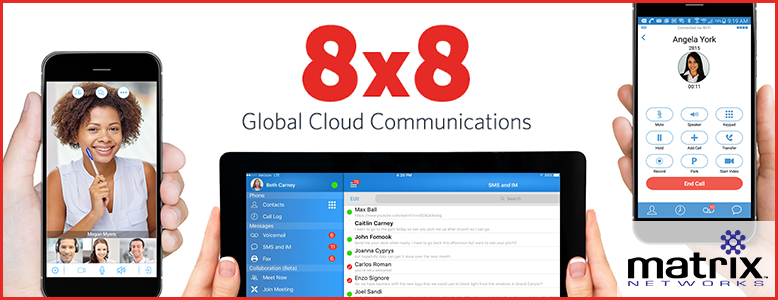


.svg%20(1).png?width=55&name=1200px-Logo_of_YouTube_(2015-2017).svg%20(1).png)

